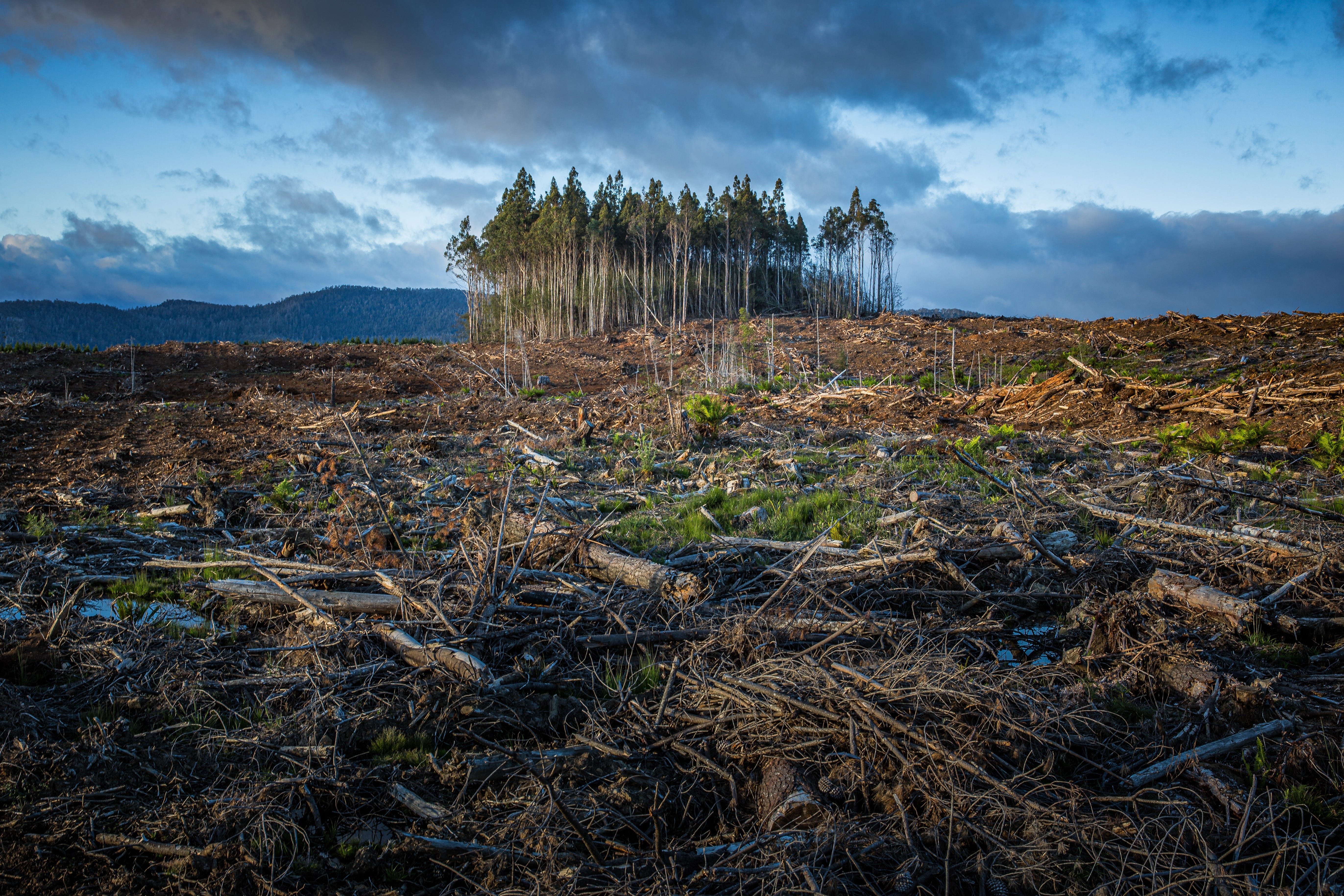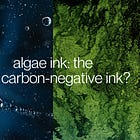How do I Choose an a Sustainable Forestry Certification?
FSC? SFI? AFA? Too many acronyms! Help!
Choosing sustainable paper is an important part of any green graphic design or sustainable packaging project. One of the ways you can pick a sustainable option is to prioritize a sustainable forestry certification that ensures that the forests are managed sustainable and that the lumber-industry workers were well treated–sustainability is about human harm as much as it is about environmental harm.
This issue will focus on choosing the right forestry certification and breaking down the different types of certifications you are likely to find on paper stocks.
Understanding Forestry Practices
Forestry certification and sustainable practices are an important component to a world that prioritizes carbon capture and a greener future. Forests are important carbon sinks that we desperately need to protect, but they are also home to important and valuable ecosystems. But not all certifiers are made equal. When choosing a certifier it’s important to consider forest conservation and First Nations’ land rights.
It’s important that forestry policies preserve old-growth forests, which help purify drinking water, provide unique habitats for endangered animals, and hold high quantities of carbon. Sustainable forestry practices also set policy to how often trees are harvested.
It’s equally important that the forestry policies enforce Free, Prior, and Informed Consent and participation for First Nations and Indigenous communities. Indigenous communities must be included when discussing land management and resource use.
“FPIC is a principle protected by international human rights standards that state, ‘all peoples have the right to self-determination’ and – linked to the right to self-determination – ‘all peoples have the right to freely pursue their economic, social and cultural development’.” - The UN
Globally, the Forest Stewardship Council is the only main certifier that takes biodiversity and Indigenous Rights into meaningful consideration. While not a perfect system, due to its global reach, we recommend looking for paper stocks that are FSC-Certified as a starting point.
Let’s talk Certifications
Forest Stewardship Council
The Forest Stewardship Council or FSC is the main global certification standard across the world. Established in 1998, there was no governmental or private body or commitment to preserving ancient forests and sustainable forestry management. The FSC now is present over 81 countries and over 190 million hectares of forest falls under its jurisdiction. The FSC implements a chain of custody practice with its certification, meaning that the supply chain can be entirely traced through all means of production all the way to the consumer.
What are the different between different FSC Certifications?
FSC 100% label means that all of the materials in the product have been third-party audited. This is the most reliable certification. While it does not necessarily mean that 100% of the forests have been sustainably harvested to the highest of standards, it represents the highest industry standards currently available for forestry, and should be supported while being held to a critical standard to improve. 100% FSC forests can include ancient, primary forests in rare ecosystems and monoculture crops that are not sustainable.
FSC Recycled means that the material is made of 100% recycled material (either pre- or post-consumer waste). Recycled paper is always a good, safe choice.
It is important to note though, that the recycled material does not have to have come from an originally FSC-certified 100% product.
FSC Mix is the most unreliable of the labels; it is a mix of FSC wood, recycled materials and “controlled wood”. The controlled wood label means someone signed to certifying the wood as controlled and not coming from a unsustainable source. There is little rigour to the process of certifying controlled wood and it is susceptible to high rates of illegal activities.
Do any of these FSC Certifications truly prevent harmful deforesting?
No, not really.
FSC is subject to corruption at local levels in politically unstable areas. Many forestry watchdogs have critiqued the FSC's certification for not properly protecting the forests. The effectiveness of FSC certification depends on the country and area in which it is operating in. FSC also supports the plantation of monocultures instead of prioritizing more biodiverse forests. However, it's the best we got and does make a positive difference in most areas – make sure to select 100% FSC when possible!
A DIFFERENT PERSPECTIVE
I also highly recommend checking out this documentary on the FSC that puts forward some important critiques of the system.
The video was taken off of Youtube, but it’s still available through Youtube VIA the Wayback Machine (which is the link). It’s a bit slow to load initially, but will play! Don’t worry if it says “This is a private video.”
ADDITIONAL FORESTRY CERTIFICATIONS TO LOOK FOR
Ancient Forest Friendly
Ancient Forest Friendly certifies that the wood specifically did not come from ancient and endangered forests. This usually means unprotected trees that are more than 100+ years old. These trees form important carbon sinks and unique ecosystems that are non-renewable and will not be replaced in any meaningful time-frame to us (100-10,000 years).
Rainforest Alliance
The Rainforest Alliance certification specializes in ensuring that lumber coming from South America, usually from the Amazon is ensured to be ethical and not contributing to vast amounts of deforestation or land-use change (ex/ clear-cutting forests for agricultural purposes).
Sustainable Forestry Initiative
The worst for last. The Sustainable Forestry Initiative was formed after FSC started to become well known. The SFI is not as well recognized as the FSC and does not have the same detailed supply chain protection as the FSC (SFI does not consider biodiversity in their forestry initiatives and does not include the input and consent of Indigenous groups like FSC does). The SFI has historically been more prone to abuse of the label and corruption of practices than FSC so it is not as reliable a certification. It is also not as wide-spread in its use. Really not much better than not certification at all, if I’m being honest.
If you’re not subscribed, please consider doing so, if you enjoyed this post. You can also like this post to show your support :) Or even share with a friend ^.^
Additional Reading
Some Bonus Things You May or May Not Want to Check Out
The Strandline: My personal Substack where I post about my art, naturalist things like birding, marine biology, and plant-based ink experiments. I’m making lichen dyes right now over there!
Our YouTube Channel: For free webinar replays discussing green graphic design, studio politics, sustainable packaging and more.
The Green Graphic Design Course: For further education on Green Graphic Design, our complete educational offer (use code: SUBSTACK for 10% off).



















I'm a longtime forester and forestry instructor. I've worked for the Sustainable Forestry Initiative (SFI, https://forests.org/) for about a year. Here's my take:
The SFI 2022 Forest Management Standard promotes sustainable forestry based on 13 Principles, 17 Objectives, 41 Performance Measures and 114 Indicators. These requirements include measures to protect water quality, biodiversity, wildlife habitat, threatened and endangered species and Forests with Exceptional Conservation Value.
In developing the 2022 Forest Management Standard, SFI engaged in extensive consultations over two years as part of our goal of continuous improvement in our standards and guidance. We gathered input from more than 2,300 stakeholders from the conservation community, Indigenous communities, the forest products sector, brand owners, private forest landowners and public forest managers, government agencies, trade associations, landowner associations, academia, and the public, and have released new requirements in a variety of areas, such as Climate-Smart Forestry and Fire Resilience and Awareness.
SFI is committed to building and promoting forest-focused collaborations rooted in recognition and respect for Indigenous Peoples’ rights and traditional knowledge. We recognize that Indigenous Peoples are essential partners in any forest-focused collaboration and that their full participation will better enable us to collectively advance forest sustainability. For more information, see https://forests.org/indigenous/.
Phew! I learned quite a bit from this one and it answered some lingering questions I had: if Indigenous people and their practices are included in these efforts, what the heck FSC stands for after seeing it so many times lol, what are the critiques of these certifications, etc
I also liked the best-good-bad rankings. Makes for a nice cheatsheet for designers :)